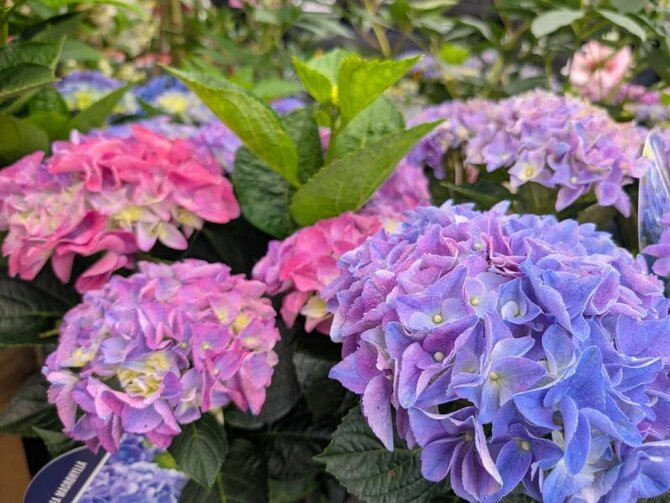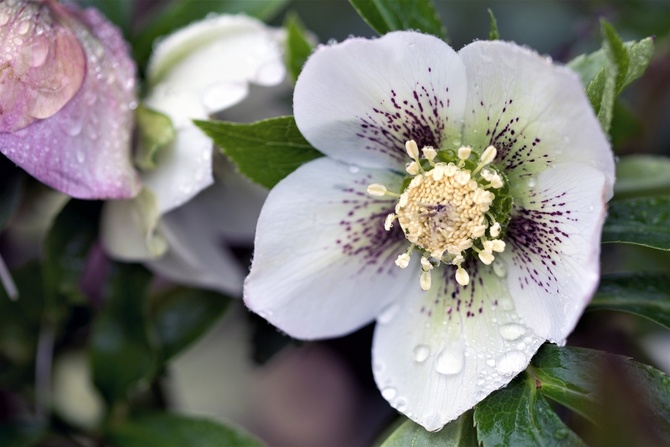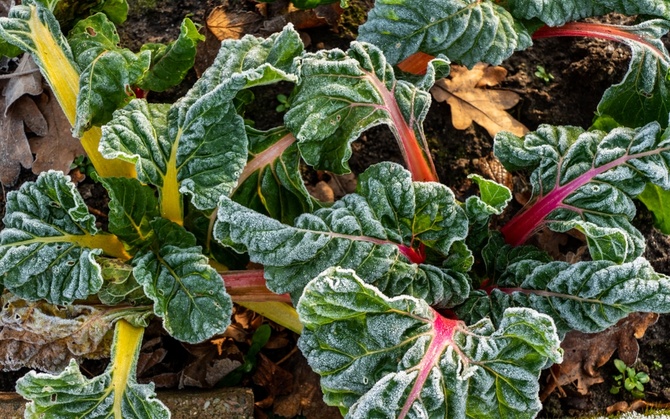
Few plants bring such generous beauty to a garden as the Hydrangea macrophylla. With its lush foliage and show-stopping blooms, this much-loved shrub is a staple in British gardens and a highlight from midsummer to autumn. Whether planted in borders, pots, or as a standalone feature, Hydrangea macrophylla offers lasting colour and charm season after season.
A Plant with Personality
Known for its large, rounded “mophead” or delicate “lacecap” flower forms, Hydrangea macrophylla is both hardy and rewarding. These deciduous shrubs can reach up to 1.5 metres tall and thrive in partial shade with moist, well-drained soil. With proper care, they’ll flower reliably year after year.
What sets this plant apart is its ability to reflect the conditions of its environment—particularly the pH of the soil, which directly influences the colour of its blooms.
Bloom Colour & Soil pH: Nature’s Chemistry
One of the most fascinating features of Hydrangea macrophylla is its chameleon-like flower colour. Depending on the pH level of the soil, the same plant can produce either blue, pink, or even purple-toned blooms.
Here's how it works:
-
Acidic soil (pH below 6.0) – encourages blue flowers
-
Neutral to alkaline soil (pH 6.5 and above) – promotes pink or red flowers
-
Very alkaline soils – often result in pale pink to white flowers
This colour transformation is due to the plant’s ability to absorb aluminium more effectively in acidic soils, which turns the blooms blue.
To find out your garden’s pH level, consider using a soil testing kit. These are simple to use and provide valuable insight into your soil’s makeup, helping you decide if amendments are needed.
Getting the Colour You Want
Once you've tested your soil, you can adjust the pH to achieve your desired bloom colour:
-
For blue blooms:
-
Add ericaceous compost around the base of the plant
-
Use rainwater for watering (tap water can be alkaline)
-
Apply products like Vitax Hydrangea Feed for Blue Flowers, which contains aluminium sulphate
-
-
For pink or red blooms:
-
Add lime to raise soil pH
-
Avoid acidic mulches and composts
-
Use a balanced hydrangea feed such as Vitax Hydrangea Feed for Pink Flowers
-
It’s worth noting that white hydrangeas (and some specific varieties) tend to remain white regardless of soil pH.
Growing Tips for Healthy Hydrangeas
To get the best from your Hydrangea macrophylla, keep the following in mind:
-
Water regularly, especially in dry spells – these plants dislike drying out
-
Mulch in spring with well-rotted compost or organic matter to retain moisture
-
Prune after flowering – remove deadheads and cut back weak stems to encourage strong new growth
-
Feed annually with a specialist feed like Vitax Hydrangea Feed, which promotes strong roots and vibrant blooms
A Worthy Addition to Any Garden
Whether you're a seasoned gardener or new to growing shrubs, Hydrangea macrophylla is a rewarding, low-maintenance addition to your outdoor space. With its showy blooms, seasonal versatility, and fascinating colour-shifting traits, it’s no surprise this plant is a perennial favourite.
Visit us in-store to explore our range of hydrangeas, soil testing kits, and hydrangea-specific feeds to help your garden flourish.



